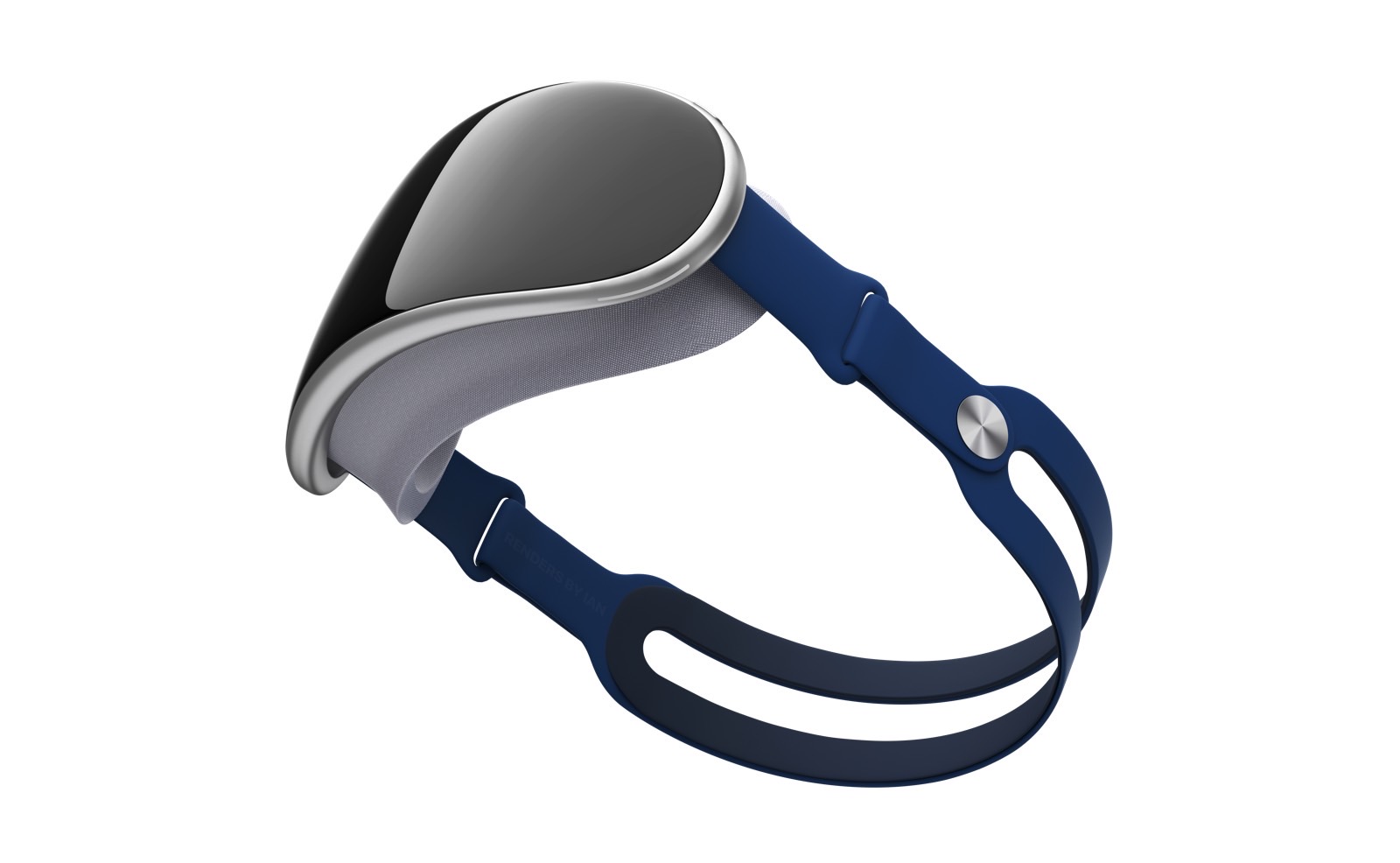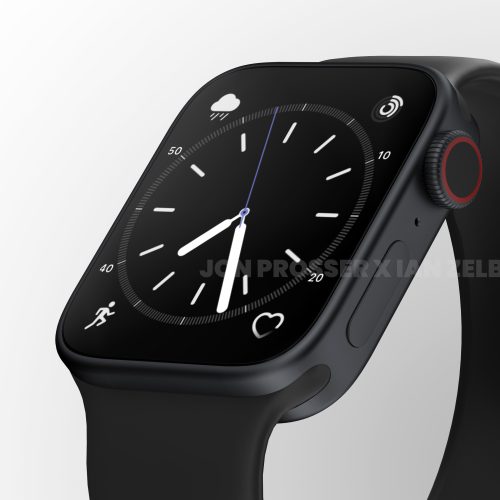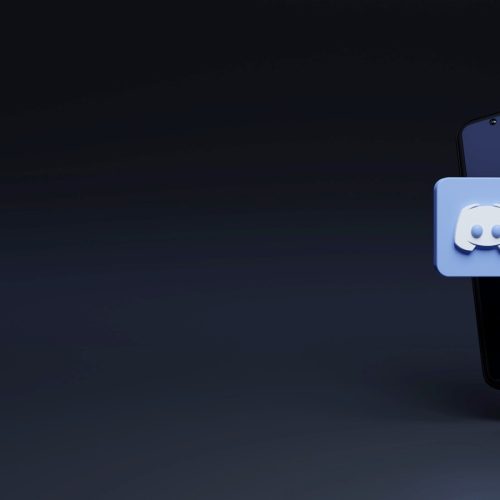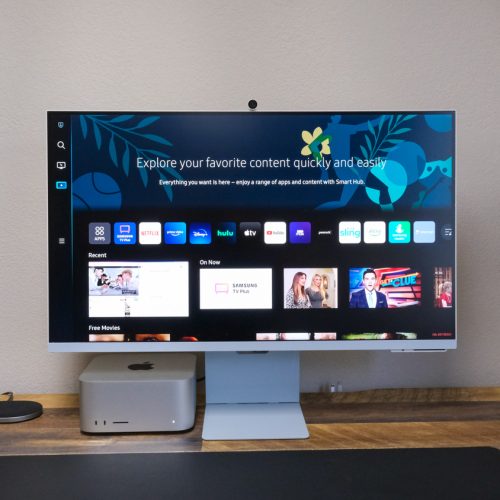Following years of rumors about Apple’s sophisticated AR/VR glasses, the company might finally launch the product this year. A report said recently that Apple had started manufacturing a near-final model. A brand new story now details some of the device’s key specs, reinforcing the idea that Apple’s first mixed-reality device might deliver an experience that you won’t find on more traditional, gaming-centric VR headsets.
Apple’s first-generation AR/VR glasses will resemble other recent VR devices. It will be a headset that fully covers the user’s eyes, projecting imagery into the retina. However, the gadget will also be a mixed-reality gadget capable of supporting augmented (AR) and virtual reality (VR). Most headsets only support the latter, which is a technology that allows the device to beam content directly into the user’s eyes.
The AR part technology Apple’s AR/VR glasses would also allow the user to see through the glasses and experience digital elements overlayed on top of the real world.

The Apple AR/VR glasses specs
Reports in the past year detailed the high-end specs of Apple’s first-gen AR/VR glasses. They claimed the handset will feature high-resolution displays that could beam 4K content into the user’s retina. They also said the device would feature a System-on-Chip (SoC) comparable to the M1 chip that Apple uses for iPad and Mac. That’s an incredible performant SoC, which would give the Apple AR/VR glasses a significant advantage over competing platforms.
Korean site ETNews reiterates those claims in a new report. The Apple headset will feature a version of the M1 SoC if the sources are accurate. The news site claims the device will run iOS, although that’s probably not Apple’s name for the glasses’ operating system. The OS might offer a familiar iOS experience, but Apple will likely give it a proper marketing name. The RealityOS branding has been thrown around in other reports.
The micro-OLED screen
Also exciting is the display technology that Apple will use for AR/VR glasses. The report says Apple will utilize micro-OLED displays coming directly from TSMC. Micro-OLED screens do not require color filters, as they’re deposited directly on the chip wafer. The advantage of micro-OLED displays is that they’re thinner and smaller. They’re also more efficient, which will help with battery life.
Also, the micro-OLED screens allow for pixel sizes of 4-20 μm compared to 40-300 μm for OLED panels. The micro-OLED panels will also deliver faster response time, a feature that AR/VR glasses like Apple’s unreleased headset can benefit from.
MacRumors reminds us of last year’s reports that claimed Apple will use micro-OLED screens for the upcoming Apple glasses. The displays could feature resolutions of up to 3,000 pixels per inch, and Apple might rely on them for both AR and VR capabilities.
The ETNews report is in line with a recent claim from Nikkei that TSMC will manufacture the micro-OLED screens. But well-known screen expert Ross Young said recently that Apple will use Sony micro-OLED panels for the AR/VR glasses.

Apple AR/VR glasses release date
While these Apple AR/VR glasses specs can’t be confirmed at this time, we do know that a separate report from Asia said earlier this week that the headset had reached the next phase of engineering validation. This is an indication that Apple might indeed unveil the glasses this year.
Previous reports said that Apple will probably want to unveil the new hardware many months ahead of the actual release date, just like it did with other first-gen devices.
This will give developers time to create new experiences for the new platform, as Apple promotes the device. Apple’s WWDC 2022 event this summer might be where the company chooses to introduce the first-gen AR/VR glasses. But that’s just speculation at this point.










